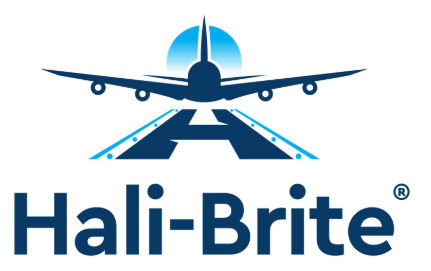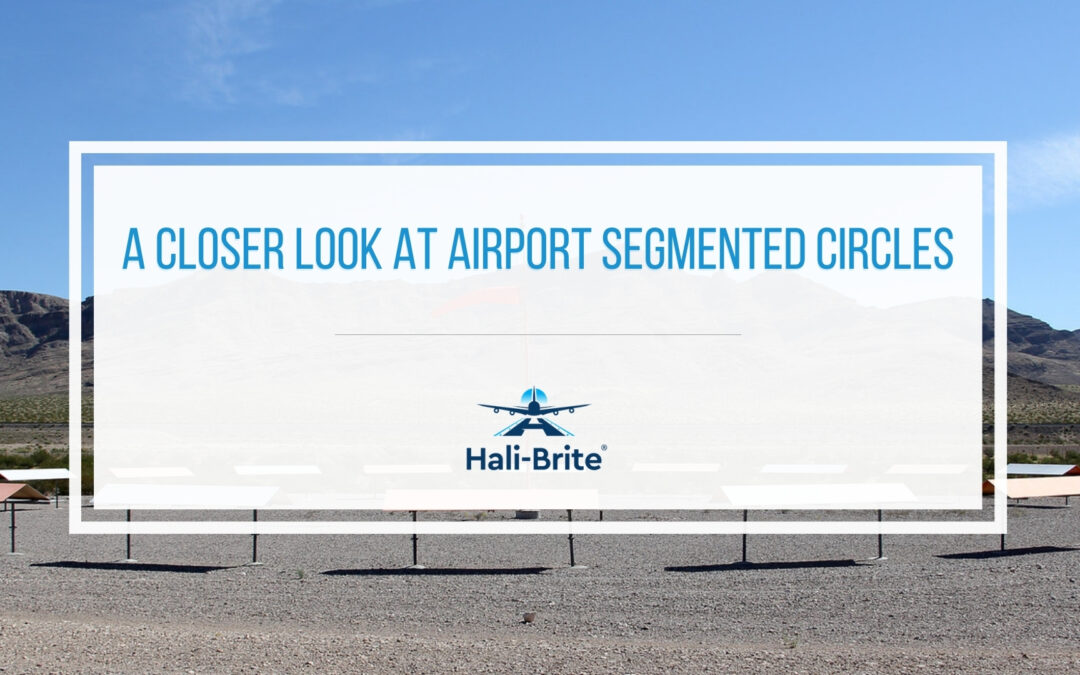Some airfields consist of unusual markings in the form of circles made up of square segments with L-shaped lines coasting along their edges, reminiscent of crop circles viewed from above. While these patterns may seem strange, they serve a practical purpose. These odd formations are known as segmented circles, and they are designed to offer visual guidance, particularly at airports without control towers, commonly referred to as non-towered airports. The majority of airports worldwide are actually non-towered, with nearly 20,000 in the United States alone. At these airports, pilots adhere to recommended practices for safe operation, with segmented circles playing a key role in ensuring smooth, coordinated flight activities.
Components of a Segmented Circle
Segmented circles serve as a compass of sorts for pilots at non-towered airports, guiding them on where and how to land safely. Unlike a solid circle, which could be mistaken for a target landing zone, segmented circles use unique sections and symbols to provide critical information.
Wind Cones and Tetrahedrons
A conventional wind cone is installed at the center of the segmented circle to help pilots assess wind conditions. When the wind flows through one side of the cone and exits the other, it causes the cone to rise, providing pilots with an indication of both wind speed and direction. Other than wind cones, some segmented circles feature tetrahedrons, which offer further guidance on takeoff and landing directions. However, tetrahedrons are relatively uncommon, and pilots typically prioritize instructions from air traffic control towers over tetrahedron indications.
Landing Strip and Traffic Pattern Indicators
The L-shaped markings found around the segmented circle of an airport help pilots identify the correct runway and approach pattern. The long leg of the L represents the landing strip indicator, which guides pilots in aligning their aircraft with the runway for landing. It provides a reference point for pilots to establish the correct approach path and descent angle. Meanwhile, the short leg of L, known as the traffic pattern indicator, informs pilots of the direction of the standard traffic pattern, facilitating safe entry and exit into the established flow of aircraft around the airport. It’s important to note that L-shaped indicators are specifically used in airports where the runways operate with right-hand traffic patterns.
Segmented Circle Installation
Installing a segmented circle at an airport involves careful planning and adherence to specific guidelines to ensure it serves its purpose effectively. Here’s an overview of the segmented circle installation procedure:
- Site Assessment. Before installation, aviation authorities conduct a thorough assessment of the site to determine the optimal location for the segmented circle. Factors such as visibility from the air, proximity to runways, and accessibility for maintenance are considered during this phase.
- Regulatory Compliance. Installation plans must adhere to relevant regulations and guidelines outlined by the Federal Aviation Administration (FAA). Compliance ensures that the segmented circle meets safety standards and enhances navigational efficiency.
- Construction and Installation. The segmented circle is constructed using durable and weather-resistant materials. Our HB-5340 Segmented Circle, for example, is made from long-lasting aluminum powder-coated panels with custom design options. In addition, other components, such as wind cones or tetrahedrons and other indicators, are installed as needed.
- Inspection and Certification. After installation, segmented circles undergo rigorous testing and calibration to ensure accuracy and functionality, which includes verifying wind direction indicators, conducting visibility tests, and confirming proper alignment of markings. Following successful inspection, documentation detailing compliance with regulatory standards is compiled and submitted to aviation authorities for certification.
- Maintenance. Regular maintenance ensures the segmented circle and its components remain in good condition and retain high visibility. The procedure includes checking for and repairing any damage, ensuring the wind cone is functional, and repainting or replacing parts as necessary.
Ensure Safe Landings with Hali-Brite
Segmented circles ensure smooth and safe airport operations even in the absence of air traffic control towers. These visual cues provide vital information on traffic patterns and wind direction that help pilots make informed decisions during landing and takeoff, significantly reducing the risks of accidents. However, quality components and reliable installations are necessary to guarantee the effectiveness of such navigational aids.
If you’re looking for a reliable provider for your airport visual aid needs, Hali-Brite is here to assist you. Whether you need high-quality segmented circles, lighted or non-lighted wind cones, or other airport lighting equipment, we’ve got you covered! We specialize in providing FAA-compliant airport lighting solutions, ensuring the enhanced safety, optimal visibility, and operational efficiency of your airport. Contact us today at (218) 454-095 or here to learn more.


